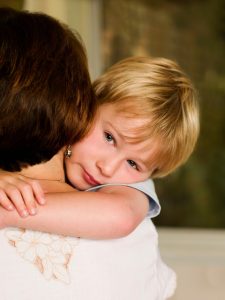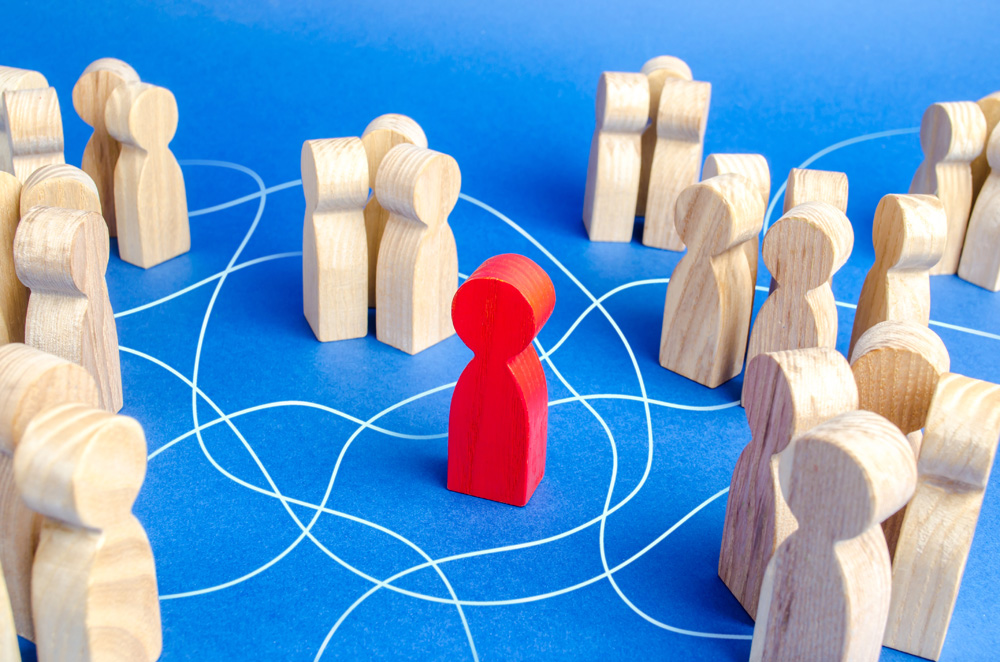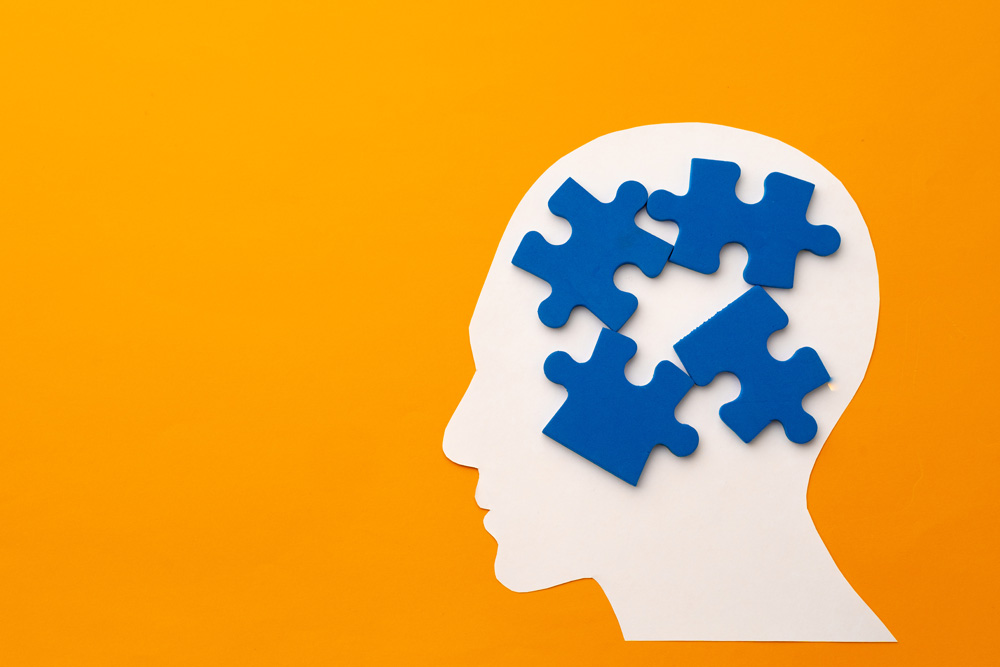Autism spectrum disorder (ASD) is a neurodevelopmental disorder, characterised by different degrees of impairment and deviance in the development of social communication, cognition and emotions, and presence of restricted, repetitive patterns of behaviours and interests as well as sensory processing problems. Other areas of impairments, such as intelligence and language, may co-exist.
ASD creates various challenges which change along with the child’s different developmental stages. The syndrome can cause significant impact on parent- child relationships, peer relationships and adjustment to school and society. Children with ASD vary greatly in the overall functioning depending on the individual’s age, language and intellectual development, as well as other factors such as treatment history and ongoing support.

Although symptoms of autism vary from child to child, the core areas affected include:





Though the exact cause is still not fully delineated, ASD is now widely accepted to be a neurodevelopmental disorder that is highly heritable and resulting from multiple genetic and non-genetic causes.
Heritability is demonstrated by the higher recurrence rate of siblings of children with ASD. About 10% of children with autism are also identified as suffering from Down’s syndrome, fragile X syndrome, tuberous sclerosis or other genetic and chromosomal disorder.
There is overwhelmingly strong evidence that the measles, mumps, and rubella vaccine is not associated with ASD.
As of December 2021, about 1 in 44 children have been identified with autism spectrum disorder (ASD) according to estimates from CDC’s Autism and Developmental Disabilities Monitoring (ADDM) Network, which is 50% higher than previous estimates reported in 2012 of 1 in 88 children. (Center for Diseases Prevention and Control, CDC 2021)
the World Health Organization, WHO, 2009
49 children in every 10,000 is diagnosed with the disorder in Hong Kong.
epidemiological study by V. Wong & S. Hui (2007) of The University of Hong Kong
ASD is more than 4 times more common among boys than among girls.
Centers for Disease Control and Prevention, CDC, ASD
Studies in Asia, Europe, and North America have identified individuals with ASD with an average prevalence of about 1%. A study in South Korea reported a prevalence of 2.6%.
Centers for Disease Control and Prevention, CDC, ASD
Every child deserves to thrive, and children with autism should have the opportunity
to realize their inherent potential and achieve the highest quality of life possible.
Registered Charity Number: 91/9001
Copyright © 2025 Autism Partnership Foundation Limited